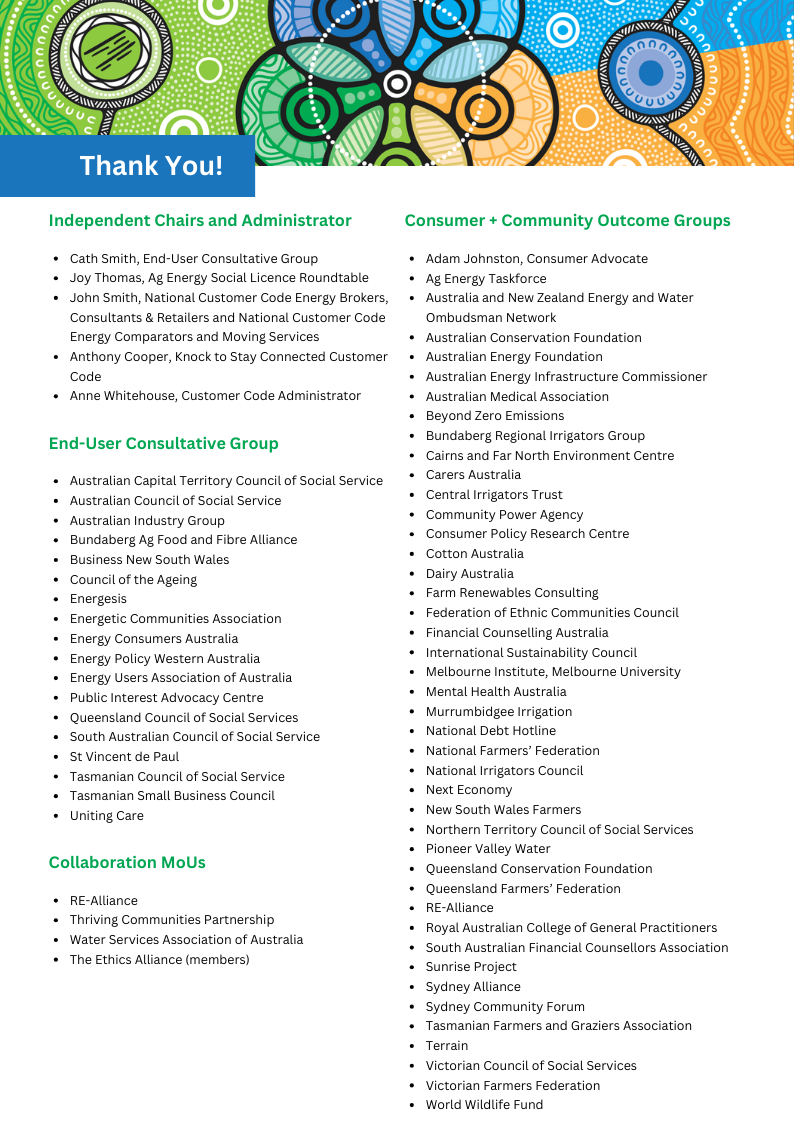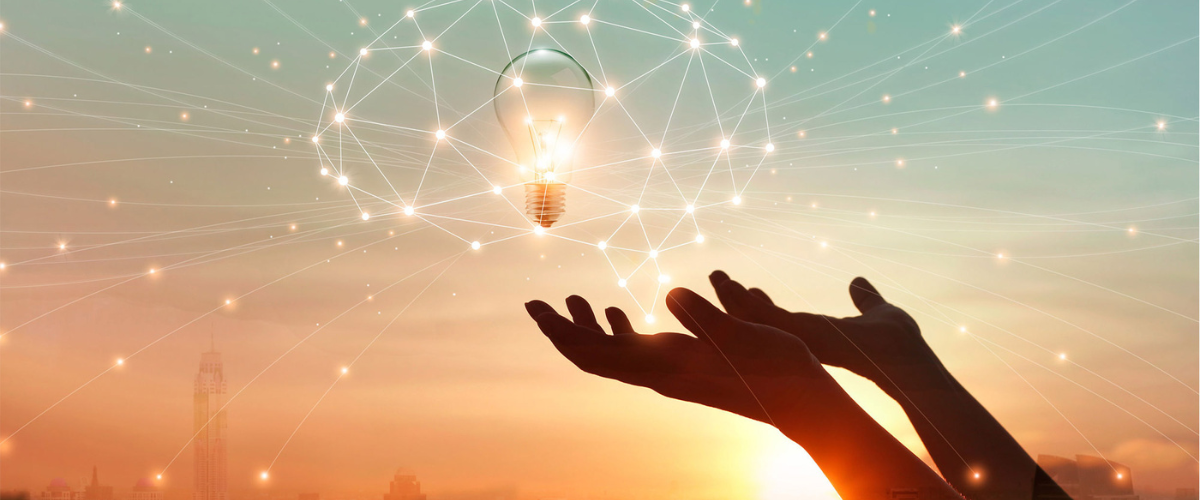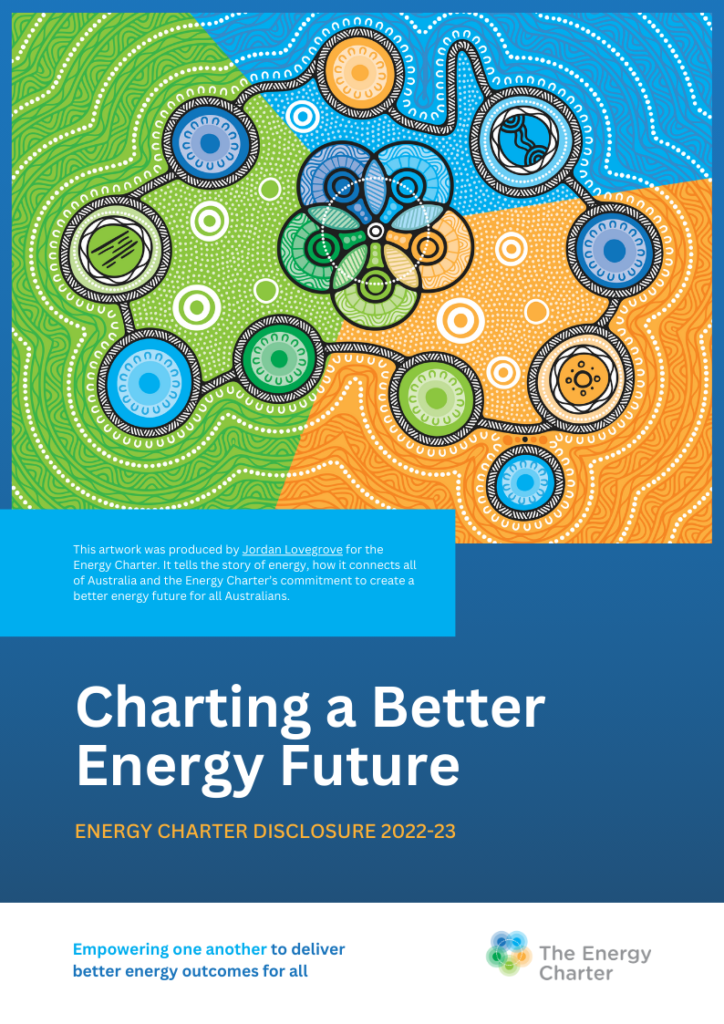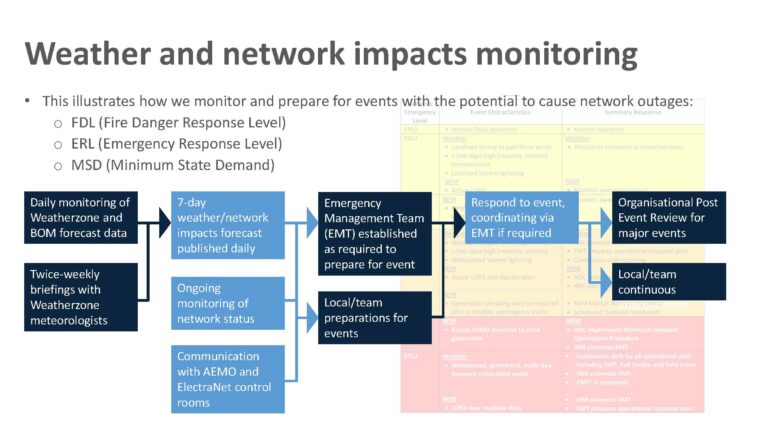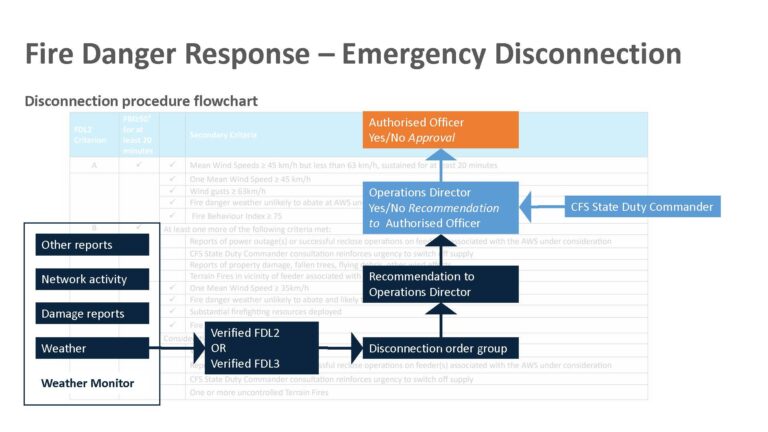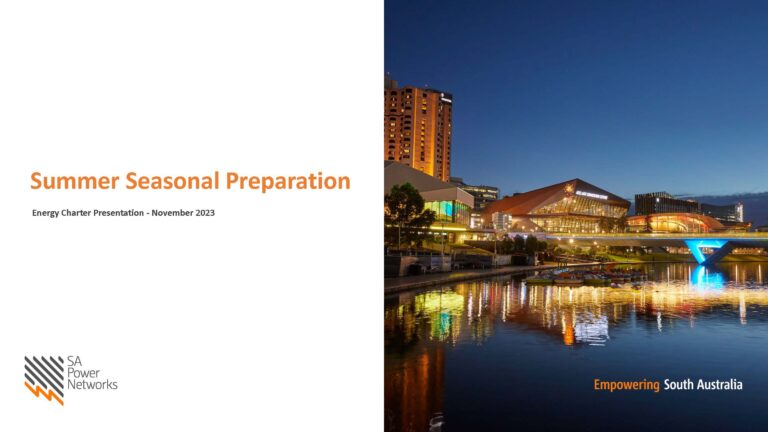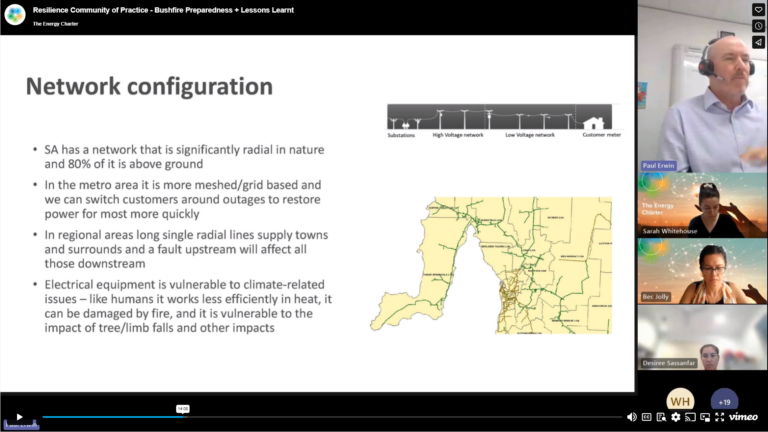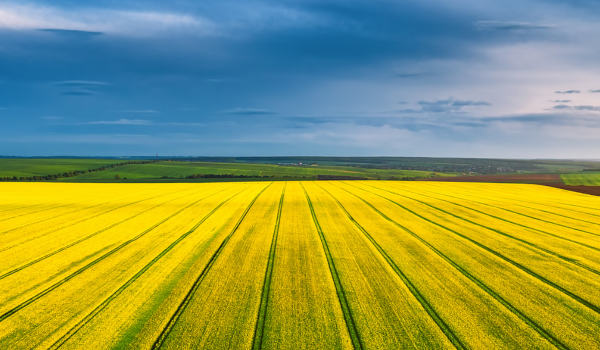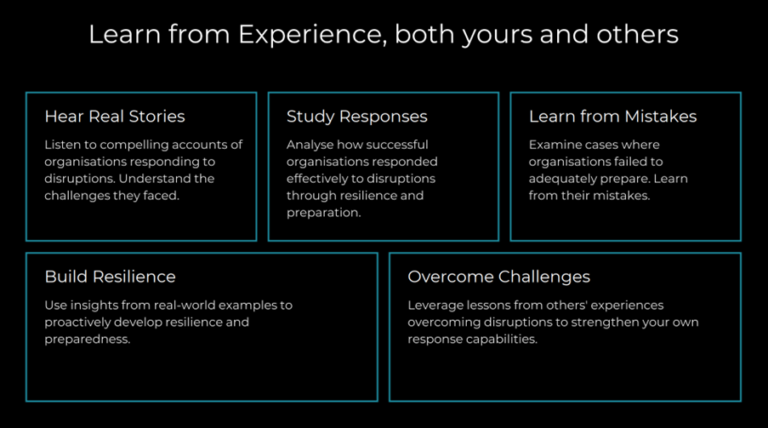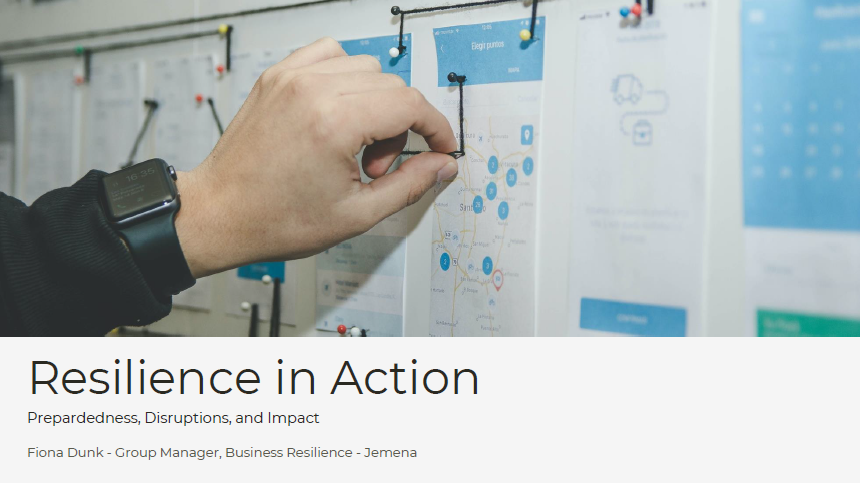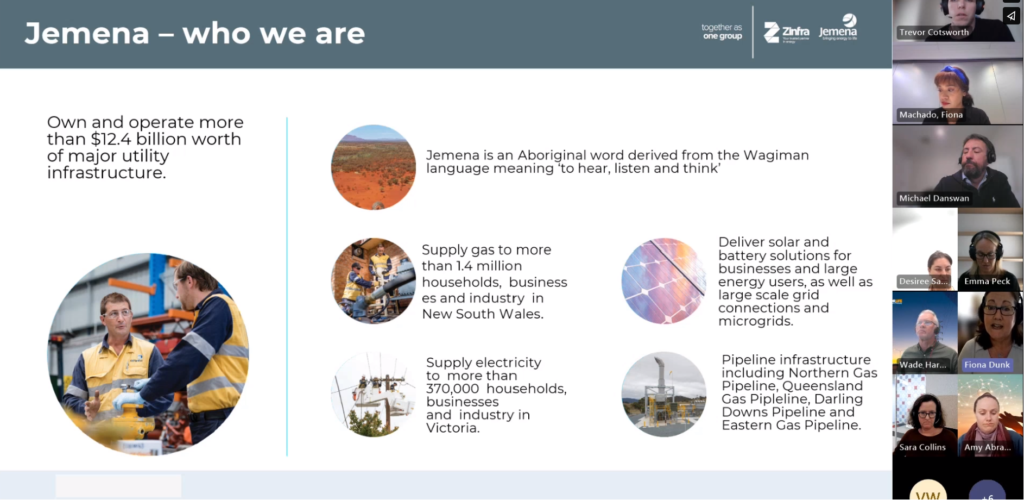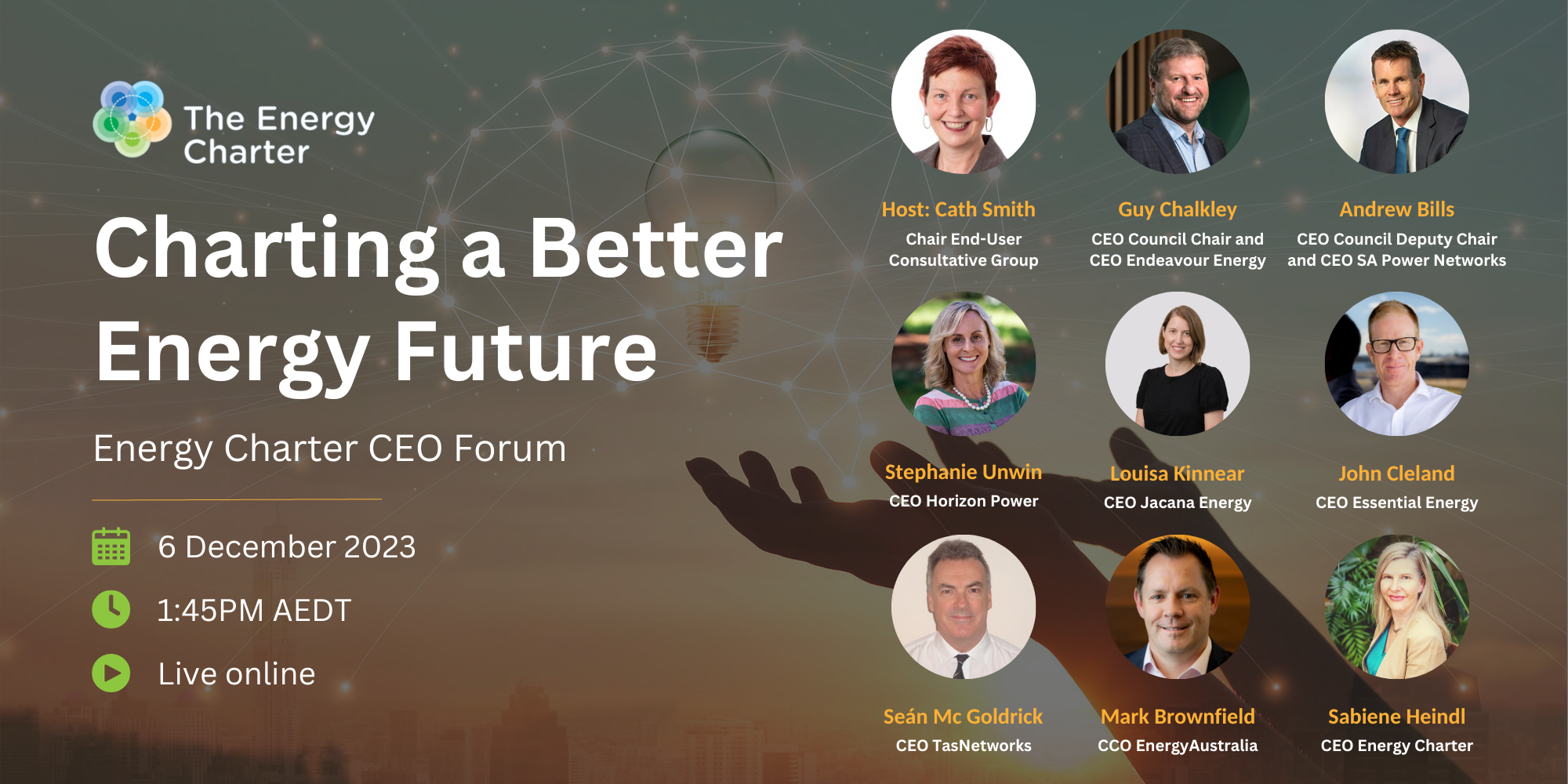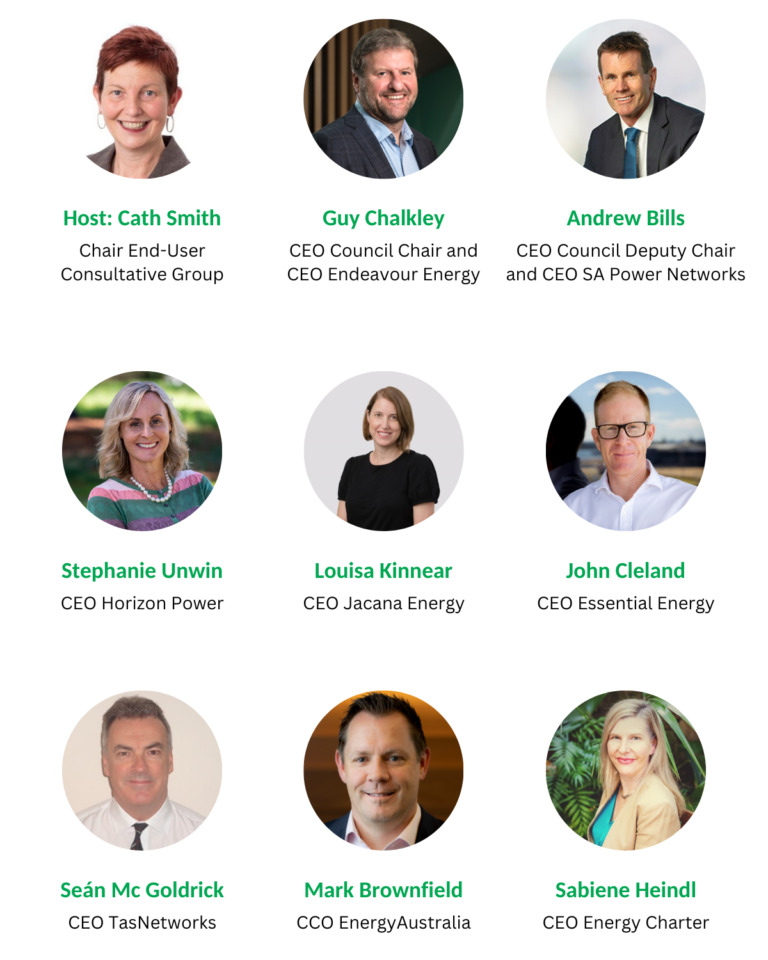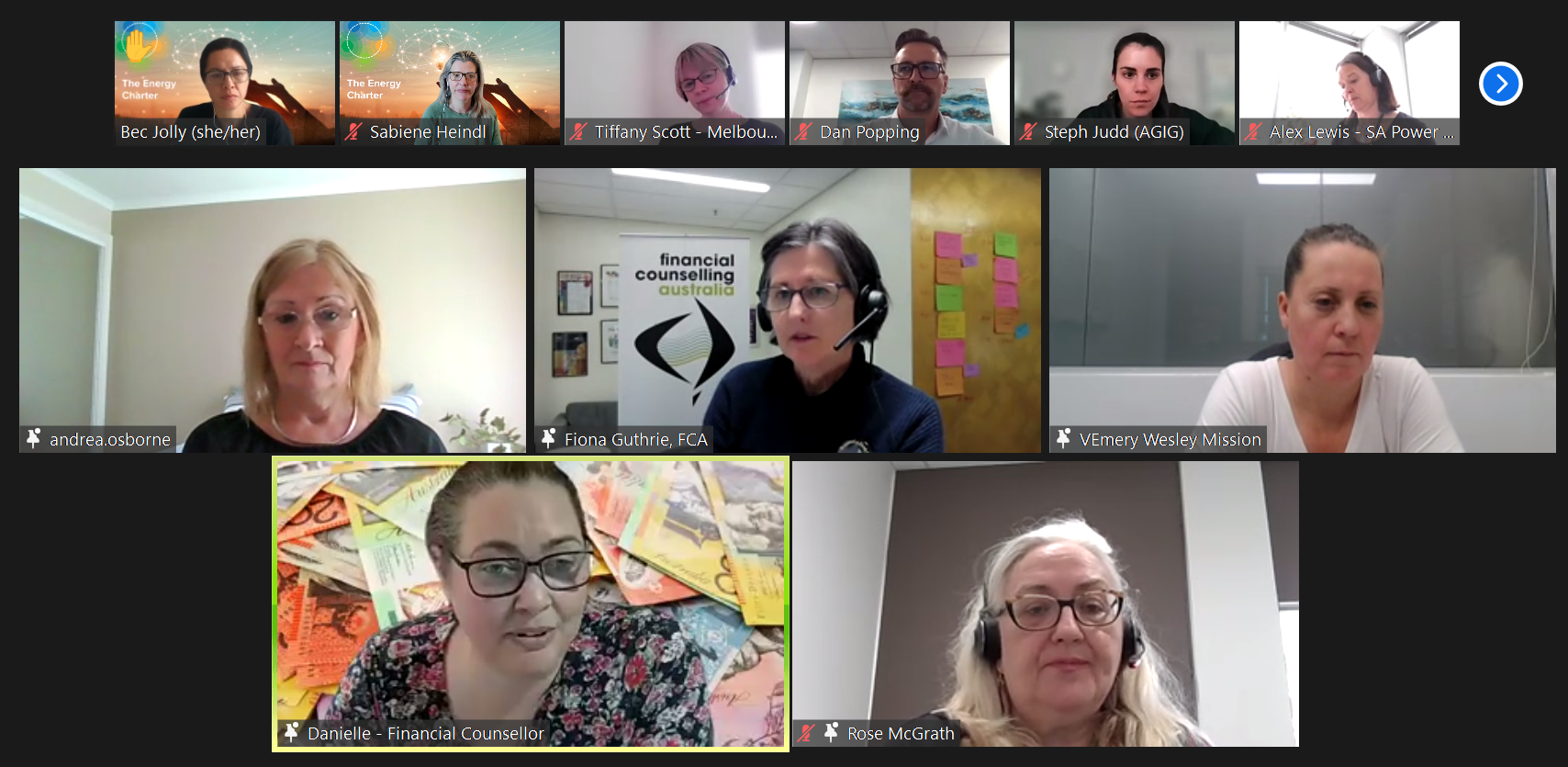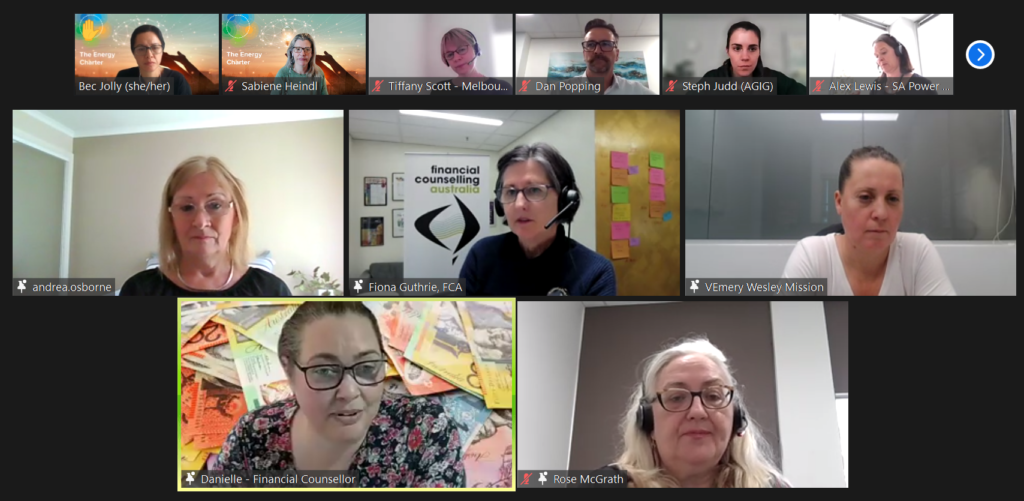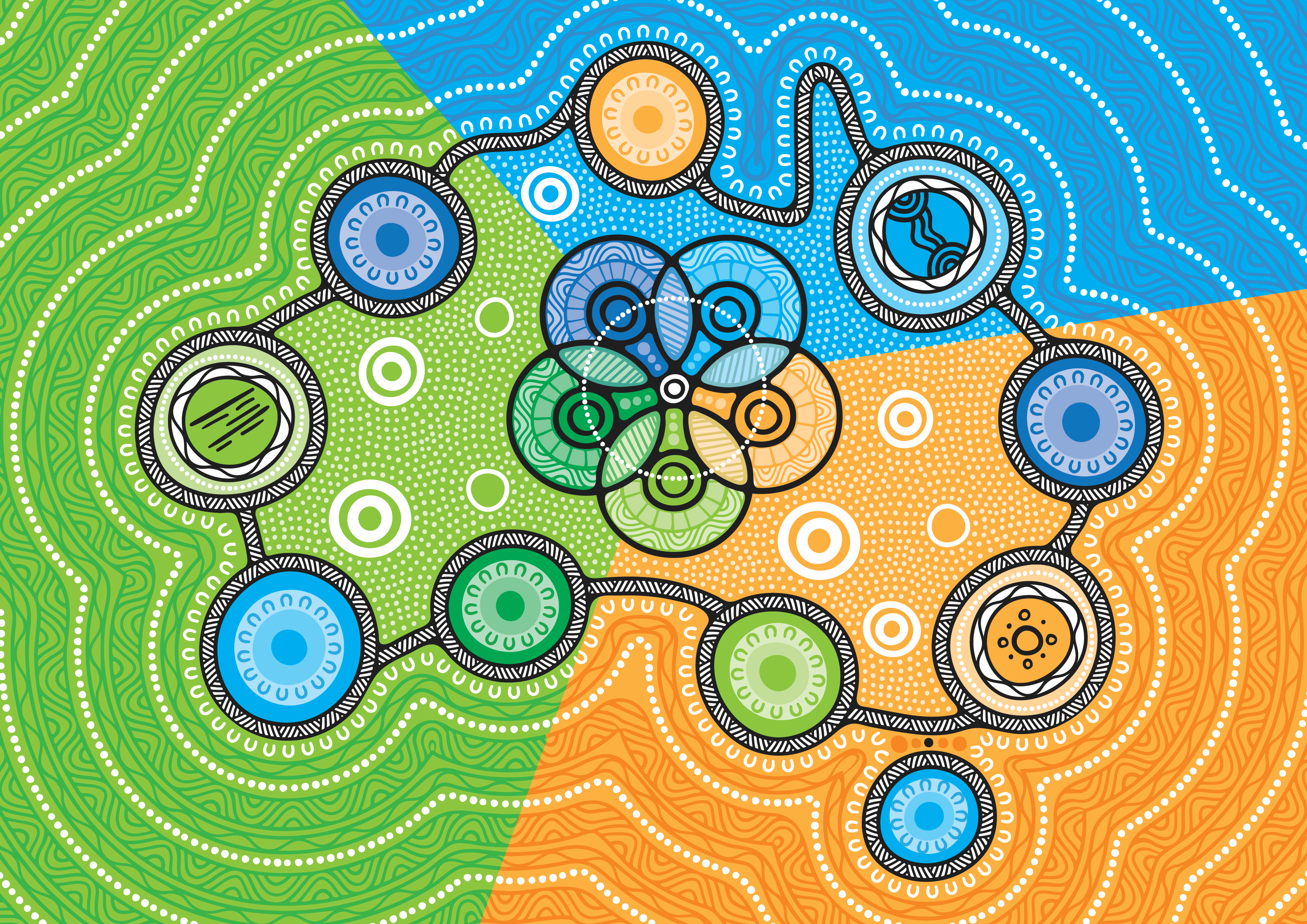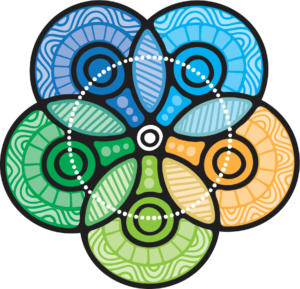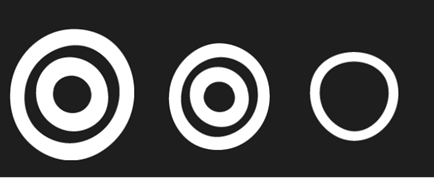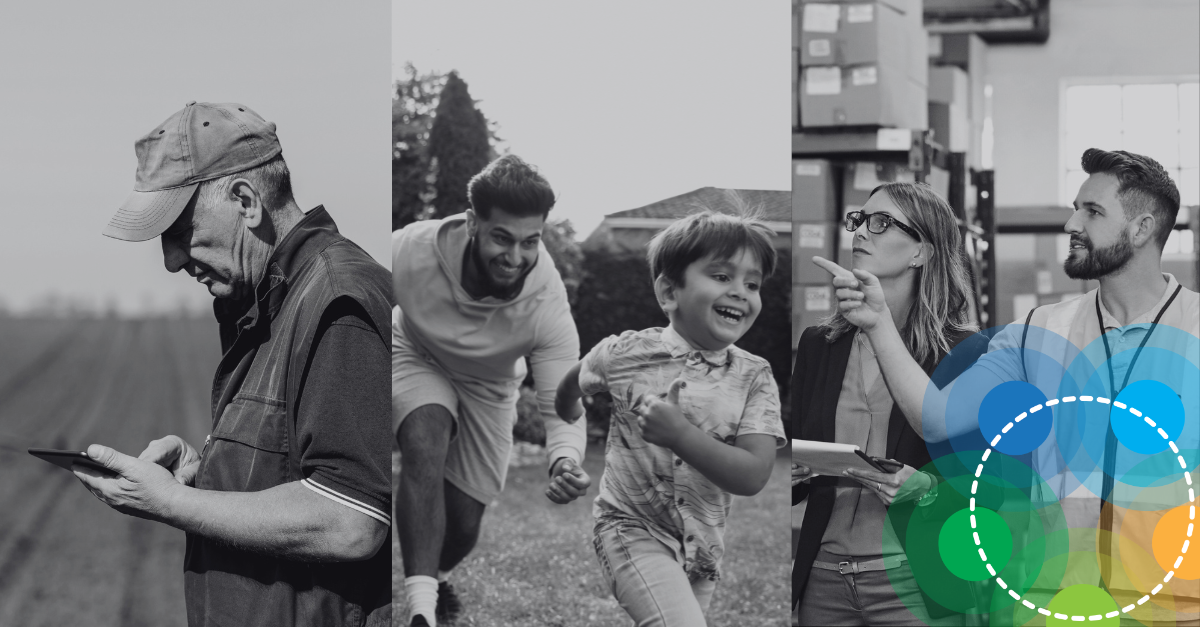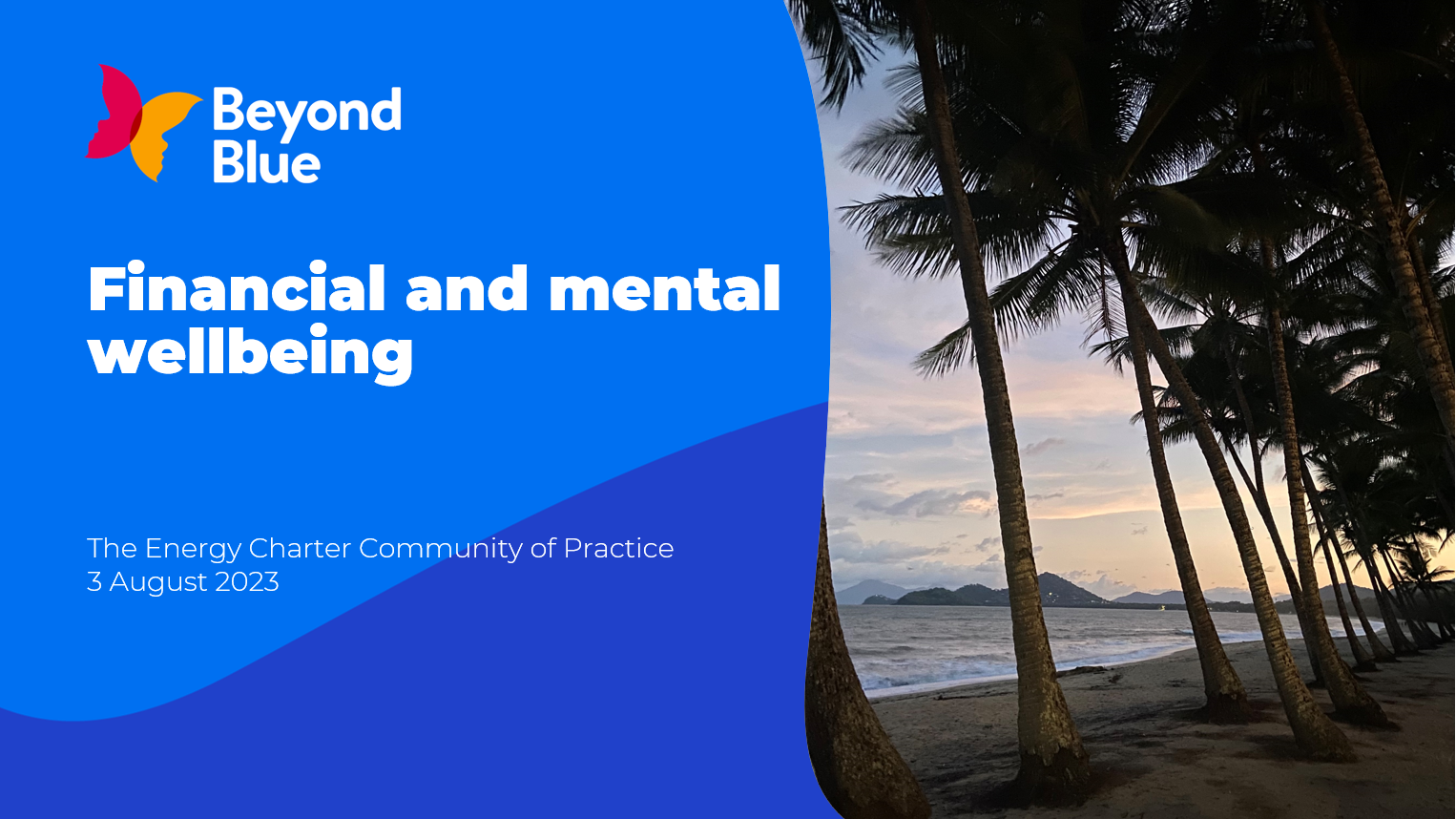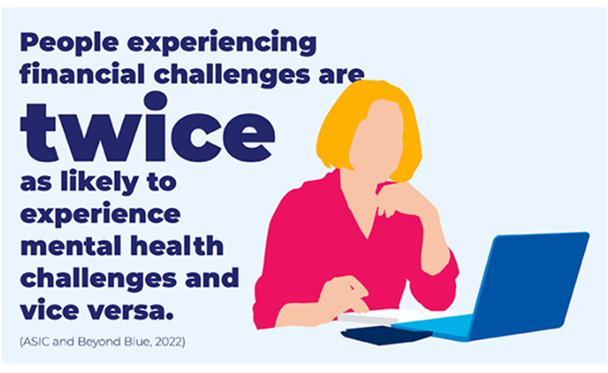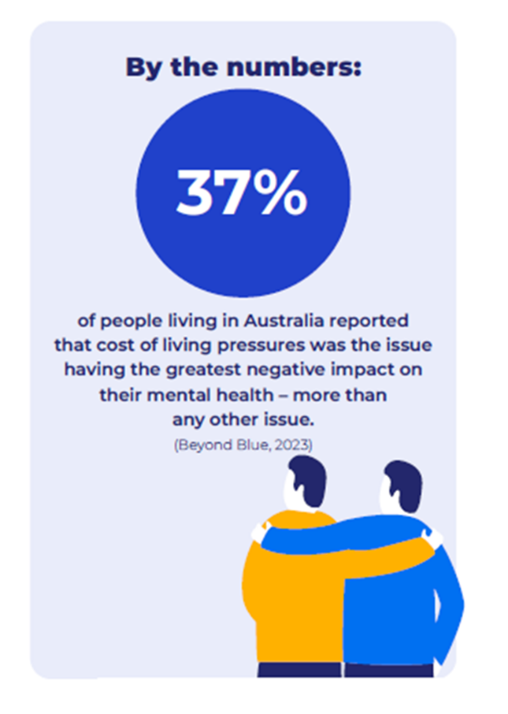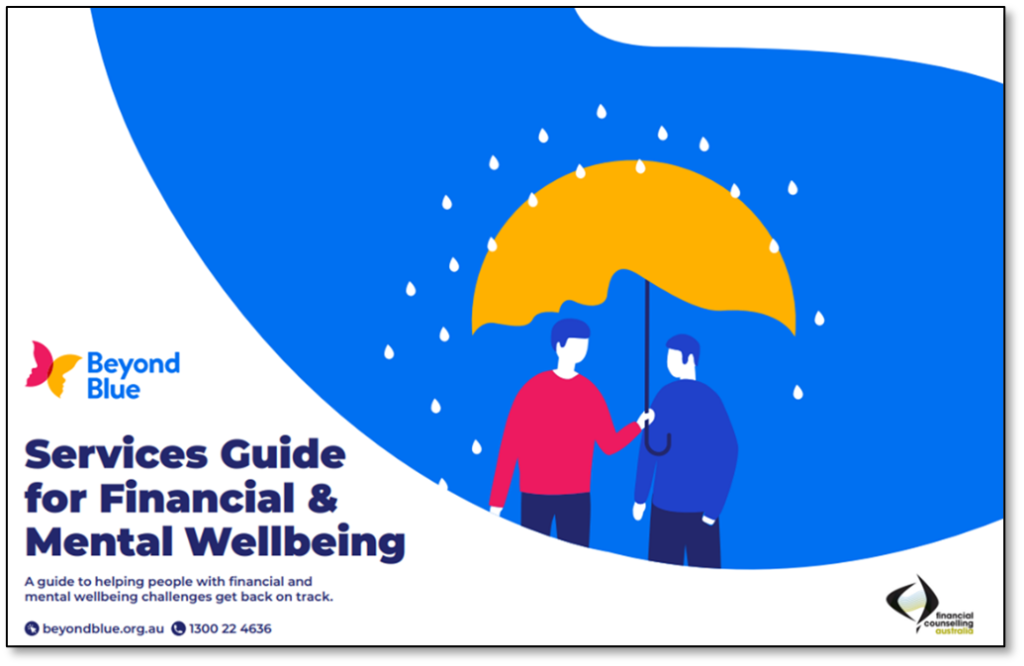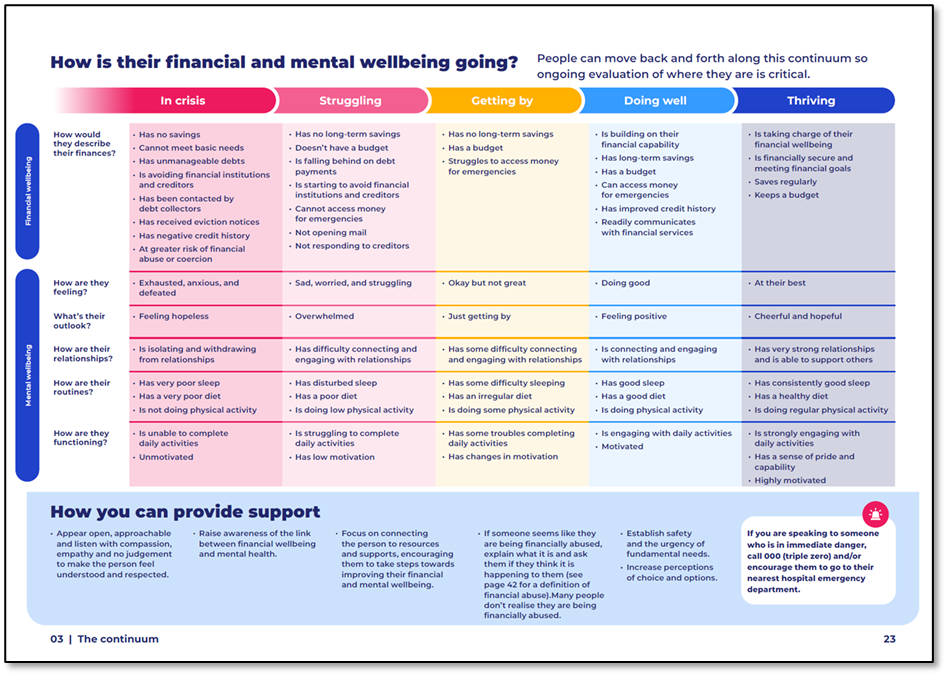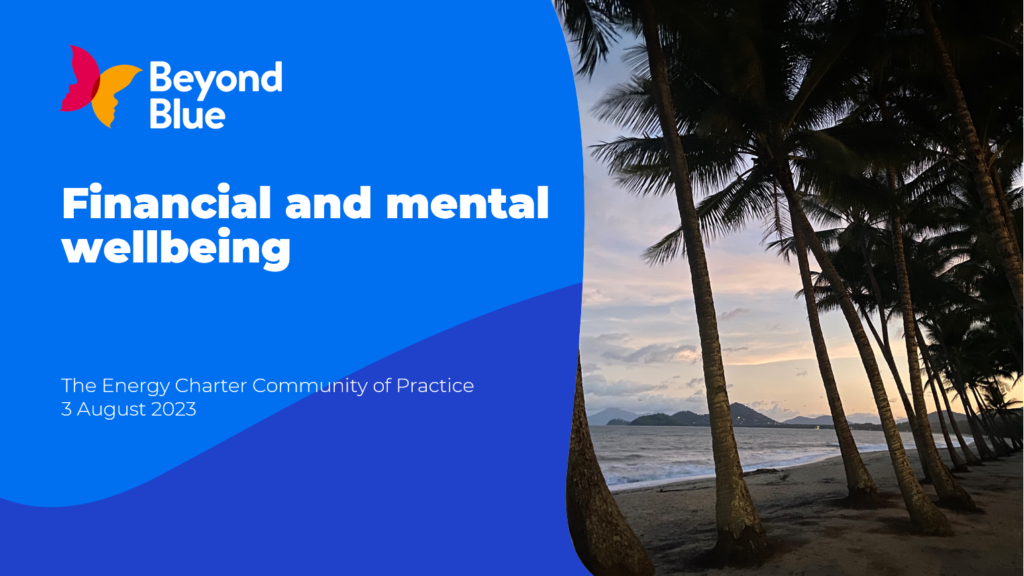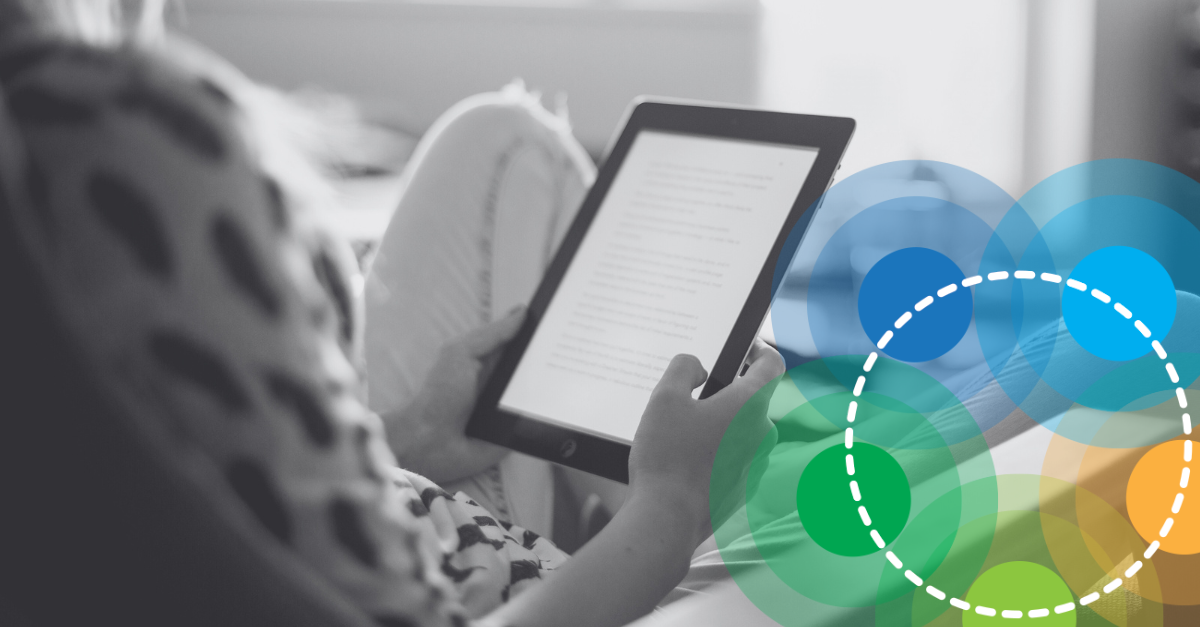Charting a Better Energy Future
Charting a better future is always an iterative process. Every year since 2019, I have seen the Energy Charter grow its reach and impact through our #BetterTogether initiatives and stay nimble in aligning to customer and community expectations in an energy system that’s rapidly transforming.
I’m proud to share the Energy Charter Disclosure 2022-23. Its purpose is two-fold: to provide an overview of the collective progress we have made over the past year across #BetterTogether initiatives and through our Accountability Process, and to inform where we focus our efforts in the future.
In our Disclosure, there’s a summary of our 12 #BetterTogether initiatives and their outcomes, our observations on the collective maturity self-assessments and a summary view of themes across all Signatory Disclosures. Overall, the maturity of Signatories has continued to trend in the right direction, however at a pace that reflects the growing complexity of the cost-of-living and transition challenges for our customers and communities.
Looking to the future, it’s clear we must stay the course with our #BetterTogether initiatives and Communities of Practice to address growing cost-of-living pressures and social licence challenges.
There is always more we can do…..
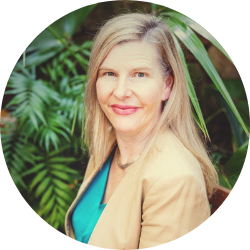
Sabiene Heindl
Executive Director
The Energy Charter
Our collaborative highlights
Our outgoing CEO Council Chair 2023, Guy Chalkley, CEO Endeavour Energy proudly shared some key highlights that we have delivered for customers and communities, including:
- Welcomed SA Power Networks and AusNet Services as Full Signatories and Marinus Link and Energy Estate as #BetterTogether Collaborators.
- In May, released our Better Practice Social Licence Guideline in collaboration with the agricultural sector.
- In June, launched the Knock to Stay Connected Customer Code, a nationally consistent, customer-led approach aimed at keeping customers connected to their energy.
- In July, unveiled the “Keep the money. It’s yours” National Concessions Awareness + Engagement Campaign with close to 20 community bodies, targeting the 60% of Australians who are not accessing energy concessions they’re entitled to.
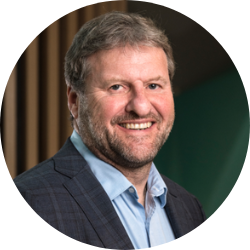
Guy Chalkley
CEO Council Chair 2023
CEO Endeavour Energy
Celebrating our key achievements with Energy Charter Signatory CEOs
On 6 December 2023, we celebrated our collective achievements for customers and communities at our CEO Forum: Charting a Better Energy future.
“There’s such a willingness to share and finding better ways of doing things” – Stephanie Unwin on our unique CEO-led collaboration.
“The #BetterPractice Social Licence Guideline is a bible” – Sean Mc Goldrick on the importance of working together on the issues that matter.
We were thrilled to hear from a panel of Energy Charter Signatory CEOs from across the nation to celebrate our collaboration highlights, including:
- Guy Chalkley, CEO Council Chair and CEO Endeavour Energy (NSW)
- Andrew Bills, CEO Council Deputy Chair and CEO SA Power Networks
- Stephanie Unwin, CEO Horizon Power
- Louisa Kinnear, CEO Jacana Energy
- John Cleland, CEO Essential Energy
- Seán Mc Goldrick, CEO TasNetworks
- Mark Brownfield, CCO EnergyAustralia
- Sabiene Heindl, ED Energy Charter
And last, but certainly not least, a massive thank you!
Thank you to our Independent Chairs and Administrator, End-User Consultative Group and Consumer + Community Outcome Group members together with the Energy Charter Signatories for your continued support and active participation.
By working #BetterTogether and leading the way, we can continue to put customers and communities at the centre of our business and the energy system. We can chart a better future for us all, together.
